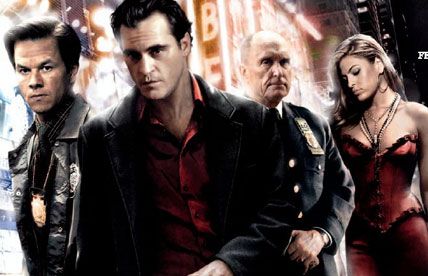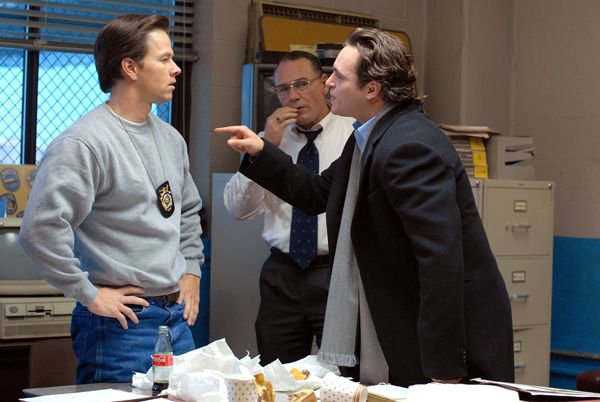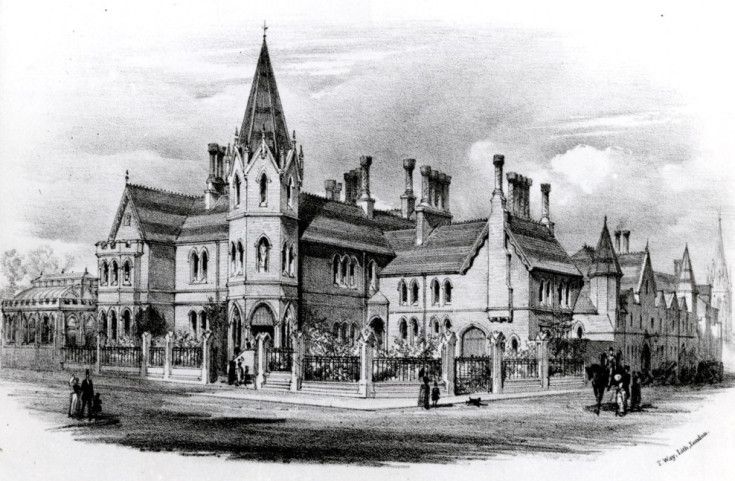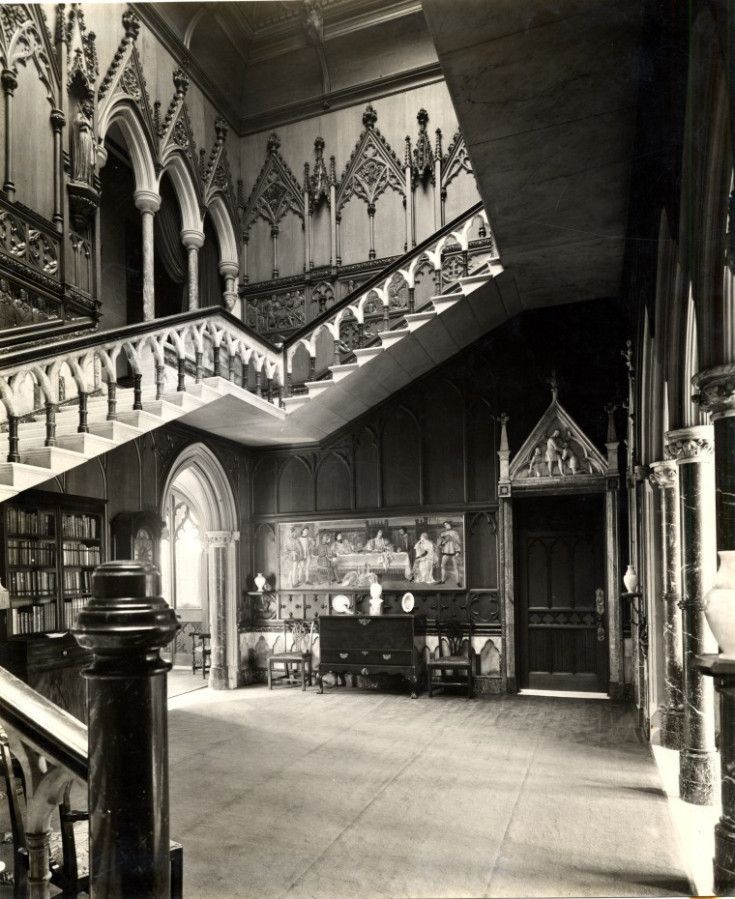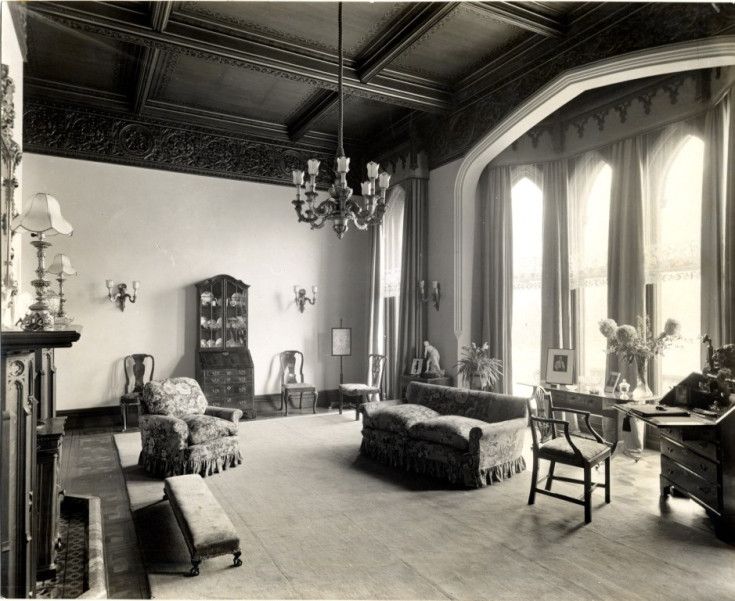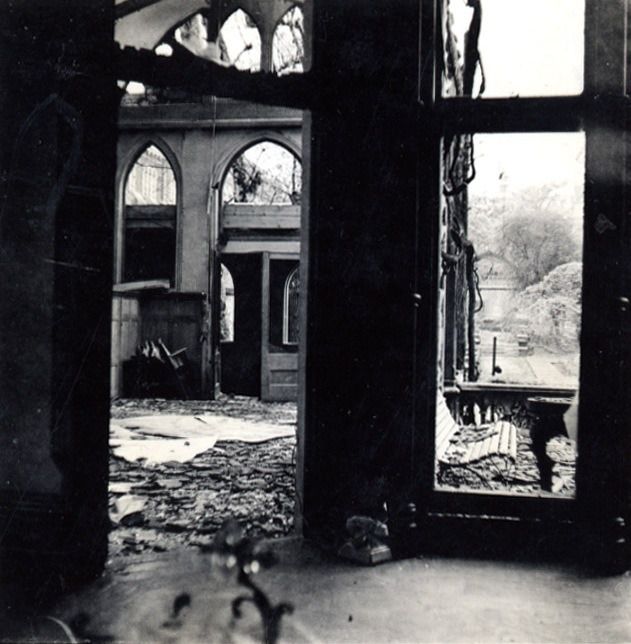Yes, that Network, the 1976 film directed by the late Sidney Lumet. Still widely remembered, mainly for the scene when the crackpot/Jesus figure, newscaster Howard Beale, goes into on-air meltdown:
"I want you to get up now. I want all of you to get up out of your
chairs. I want you to get up right now and go to the window. Open it,
and stick your head out, and yell, 'I'm as mad as hell, and I'm not going to take this anymore!' [Usually misquoted as, "I'm mad as hell and I'm not going to take it anymore!"]
Your blogger actually reviewed the movie for a weekly arts paper on its theatrical release. I must have been among the 1 or 2 percent of reviewers who panned Network. The only part of the review I can summon to mind was a line to the effect that the movie represented a new genre: a cartoon with live actors.
Since the picture has had such a long shelf life, I thought to give it another chance. So I borrowed the DVD from Netflix; not a Blu-ray disc, but an excellent digital transfer that was probably sharper than what I'd seen in the boxy little theater in '76.
Since then I've had more experience, seen many more movies, and like to believe I've acquired better judgment and a better grasp of what constitutes cinematic quality.
After this recent viewing, Network seems to me the first, or one of the first, examples of a once-new genre: a cartoon with live actors. There have of course been many more since -- in fact, it's arguably the default style of modern film making.
By cartoon, I mean it doesn't even try to resemble real life. Dialogue, acting, themes -- everything italicized.
The social and literary critic Paul Fussell wrote a book titled BAD, in which he made the distinction between plain old bad (having no merit, worthless, etc.) and BAD (which might be defined as actively negative or tasteless). Network was, is, and always shall be BAD.
For example, the character Howard Beale's obsession is screamingly ambiguous. Other than a trite rant against worldwide corporations, he has no apparent motive except to whip up resentment -- what David Denby called (in reviewing a different movie) rebellion without content.
It's breathtakingly cynical on the part of the writer, Paddy Chayefsky. Who isn't mad about something? So anybody on any side of our political, social, religious, or cultural divisions can imagine that Beale is speaking for them, for their poor shriveled souls destroyed by an uncongenial world. Right on, baby!
When everyone in a New York apartment building actually does lean out the window to bellow, "I'm mad ... etc." in the movie, what if the next door neighbor is mad for totally opposite reasons? Is that supposed to be the cure for our collective ills?
Or maybe Network is about how television corrupts the audience with its ratings game. Hardly a new idea, even in 1976. But it's especially distasteful when dished out by a movie -- a movie, for heaven's sake, driven as much by box office and distribution revenue as TV is by ratings and advertising. The movie industry's flaming sword is directed at TV, its chief competitor (at the time) for capturing dulled eyeballs.
Sidney Lumet has a deservedly high reputation for directing actors, but it doesn't rest on this thing. Given the script's ludicrously overheated plot points and dialogue, maybe he figured there was nothing for it but to go along with its spirit.
Chayefsky's screenplay orders the leading players to make fools of themselves, and they obey. The talented Faye Dunaway, as producer or manager or whatever Diana Christensen, wallows in caricature, as does Peter Finch as Beale. I have a grudge against him anyway for seducing Vivien Leigh when she was having a mental breakdown and was still married to a far greater man of the theater and screen than Finch, namely Laurence Olivier.
William Holden (news director or whatever Max Schumacher) -- not much of an actor but what camera presence! -- retains a tenuous hold on dignity. The only acting worthy of the name is by Cindy Grover in a tiny role as Schumacher's wife upstaged by her husband's affair with Diana.
In 1976, at least you could still lampoon blacks and whites equally. Through plot manipulation (don't ask me what -- I gave up trying to make sense of the twists), Diana recruits a black radical with an Afro hairdo and an African-patterned dress, obviously modeled on the '60s Commie celebrity Angela Davis, to induce her and the male leader of the Something-or-Other Liberation Army to cooperate in creating a network series that was, apparently, an early version of a "reality" show.
We then see the black radicals eagerly corrupted, in a meeting with lawyers working out their percentage of the profits from the program.
Can you credit the idea of any producer today agreeing to such a portrayal? If Paddy Chayefsky were around and bone-headed enough to write it, he'd hear:
"Paddy, Paddy ... what are you doing? Twenty-eight point seven percent of our projected audience is African American. You're tearing the heart out of my body! You want to call the Cossacks down on us? You want the NAA PC declaring a pogrom? And that Southern Political Law Center adding us to page 4,000 of their list of racists? Paddy, you've got to listen! Send that part of the script to the floor. I know I can count on you."

It's odd watching a film for the first time in, what, 36 years? I recognized about 15 minutes from the two hours. The rest might as well have been seen for the first time. At least the bits I recalled more or less coincided with my impressions from way back, not always the case in watching an old movie after a long interval. Supposedly everything we have ever experienced is preserved in mental formaldehyde, capable of being exactly recalled with the proper electrical stimulation; or it is archived in what occultists call the Akashic Records. Whatever. Most of my life is gone to someplace where the telegraph lines are down. Strange thing, this memory business.

